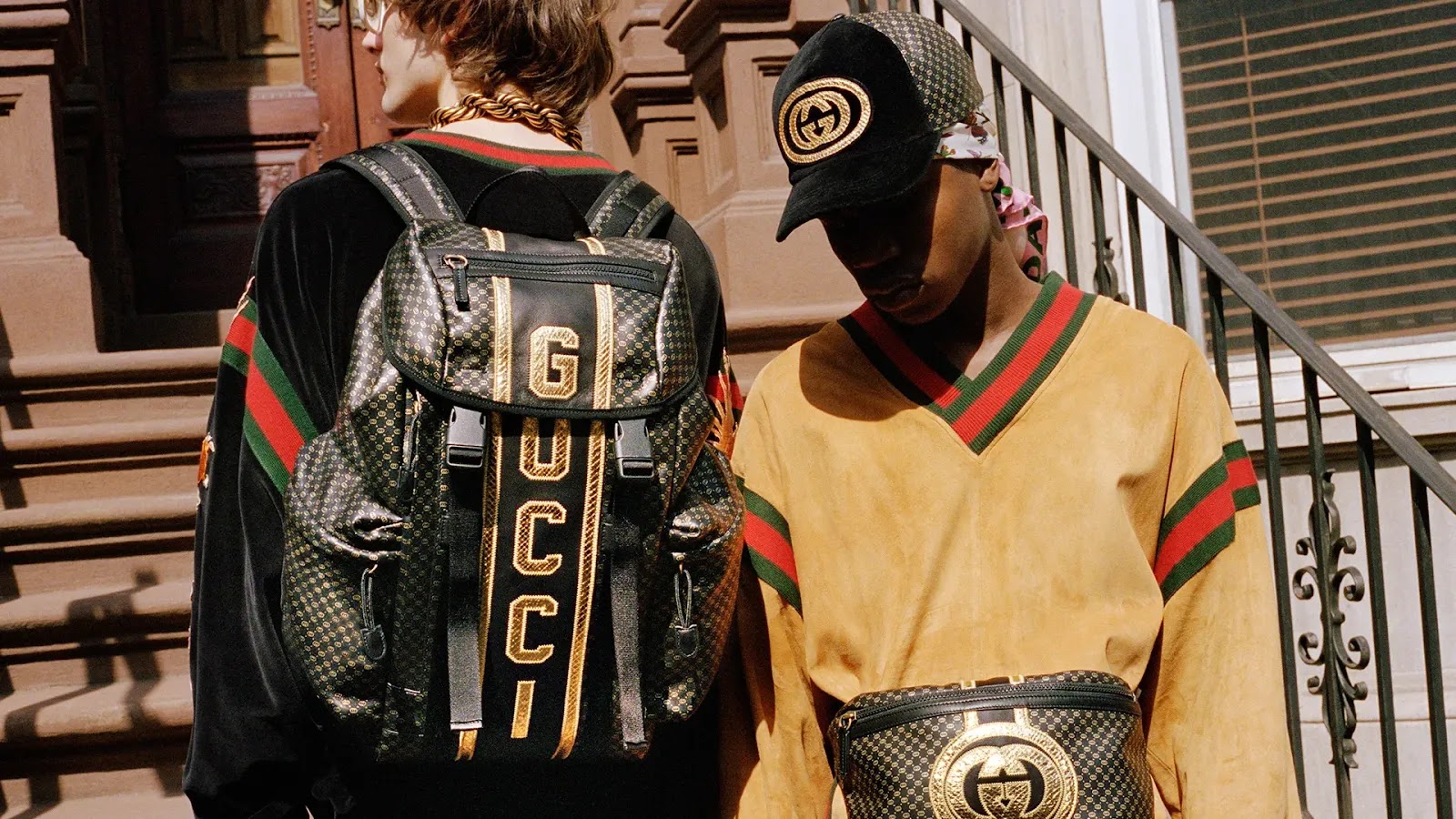A key Marxist concept revealed in the campaign is reification—the transformation of social relations, cultural identity, and human labor into objects or commodities. Harlem itself becomes a backdrop, a product to be consumed visually by audiences far removed from its historical and social realities. The models, stylists, and community members featured are stripped of personal narrative and turned into images, serving a corporate brand’s aesthetic goals. The production process—normally hidden in capitalist systems—is partially shown in this "behind-the-scenes" footage, but even that glimpse is stylized, commercialized, and sanitized. The labor behind the fashion, whether physical or creative, becomes content rather than something valued in itself. Alienation, another core Marxist idea, is also present: workers are disconnected from the value of their labor. They contribute to a product they don’t own and likely cannot afford. The collaboration is not designed for Harlem residents, but for elite consumers seeking the illusion of urban authenticity. The value here, according to Marx, is not rooted in the labor or cultural history but is defined by what the wealthy are willing to pay. This highlights how capitalism distorts value, allowing the rich to assign worth to symbols and stories that do not belong to them, while the poor remain marginalized.
Dapper Dan’s shift from fashion outlaw to official Gucci partner symbolizes a larger capitalist process: the absorption of resistance into the system it once challenged. During the 1980s and 1990s, Dan was vilified and penalized for his unauthorized use of luxury brand symbols—a form of creative resistance and redefinition of fashion norms. Yet decades later, Gucci itself reproduced one of his signature designs without credit, and when backlash followed, the company responded by transforming the controversy into a marketing opportunity. Rather than addressing cultural theft, Gucci invited Dan into its structure, using his cultural capital to elevate their own brand image. From a Marxist viewpoint, this is not genuine reconciliation—it’s cultural appropriation wrapped in capitalist logic. A global brand absorbs the aesthetic of a marginalized community and repackages it as luxury, all while controlling distribution, narrative, and profit. The Harlem aesthetic, once born out of exclusion and ingenuity, is now rebranded as elite fashion, accessible only to the wealthy. This is a clear case of capitalism’s tendency to convert oppositional or grassroots culture into marketable goods, neutralizing its power and redistributing its value upwards.
While the campaign paints a picture of redemption and equality, it quietly reinforces the same capitalist ideologies that have long kept wealth and power concentrated at the top. The Harlem aesthetic—once a symbol of survival and defiance—is sanitized and commodified. Gucci presents the collaboration as a step toward inclusivity, but true structural change is absent. Marxist ideology critique reminds us that capitalist systems do not simply profit from material goods; they also manufacture ideas that make exploitation seem natural or even progressive. In this case, fashion becomes a medium through which power dynamics are concealed. The use of Harlem imagery gives the illusion of shared ownership and cultural elevation, but ownership still lies with the brand. Gucci shapes the story, defines the partnership, and controls how the culture is presented and monetized. Meanwhile, Harlem’s historical context—its struggles with poverty, systemic racism, and creative resistance—is quietly pushed aside. The spectacle of inclusion replaces the substance of justice.
Most telling is the video’s silence on the subject of labour. We see stylists adjusting garments, assistants moving lighting equipment, and local workers involved in production—yet none are given a voice or central role in the story. Their efforts are made invisible, reflecting capitalism’s tendency to separate the product from the people who produce it. In Marxist terms, the means of production—in this case, the fashion labour force—are completely owned and controlled by the brand. Even Dapper Dan, who is at the center of the campaign, functions within Gucci’s global structure. He may have recognition now, but not necessarily autonomy. This imbalance is especially stark given Harlem’s long history of economic disenfranchisement. The community’s creativity is mined and rebranded to generate wealth that largely flows out of the community. The visual richness of Harlem is used to enhance Gucci’s cultural credibility, while the working-class people of Harlem remain excluded from the economic benefits of the campaign. Their work, their history, and their aesthetic contributions are made into products that uphold the very class structures that keep them disempowered.
Ultimately, a Marxist reading of the Gucci x Dapper Dan collaboration asks us to go beyond surface-level aesthetics and storytelling. We are urged to question not just what is being shown, but what is being hidden: Who does the labor? Who controls the narrative? Who receives the profit? The answers expose an ongoing pattern where Black culture is commodified, labor is rendered invisible, and capital continues to flow to the elite. Until the means of cultural production and the profit it generates—are truly returned to the communities they emerge from, collaborations like this remain trapped within capitalist ideology. They offer representation without redistribution, and visibility without real voice or power. What is presented as cultural unity is, in reality, another form of exploitation—one where the rich benefit from the style and struggle of the poor while maintaining control. True progress would require shifting power and resources, not just borrowing aesthetics. As Marx would argue, no genuine liberation can occur under a system that thrives on inequality masked as inclusion.


No comments:
Post a Comment